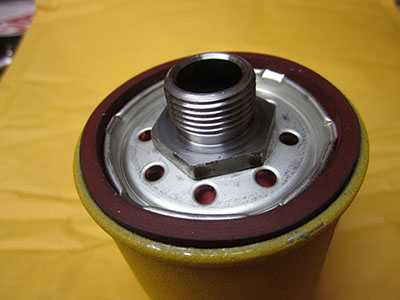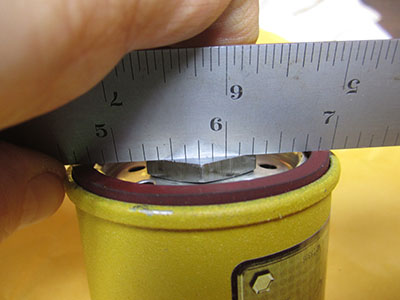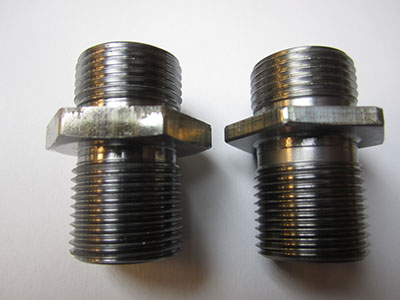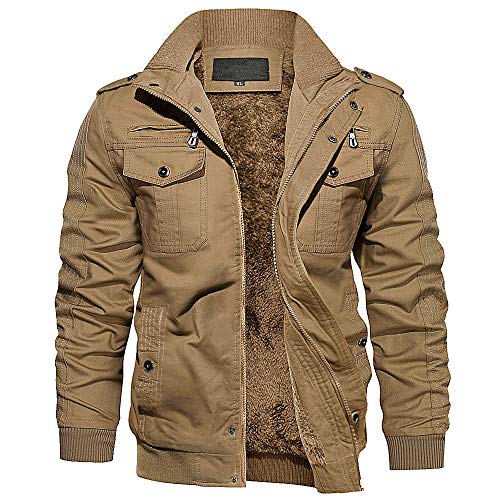RaYzerman19
Go Wings!
While I had the bike on the lift the other day, and was doing an oil change, thought I would measure how far the hex on the union extends past (outward) of the filter sealing surface. About 0.22". Previously I had measured some older filters and found they were about 0.24" or more gasket surface to where the hex on the union might bottom out. I made a small cardboard template for quick measure, which I can take when I buy filters. I know the Purolator Classic L14610 I have on hand will not work without a modified hex on the union.
As a matter of interest, Purolator is revising their line yet again, now we can get perty red or blue??? You guys that want to colour match might want to check it out.
https://www.pureoil.com/
As a matter of interest, Purolator is revising their line yet again, now we can get perty red or blue??? You guys that want to colour match might want to check it out.
https://www.pureoil.com/



































































